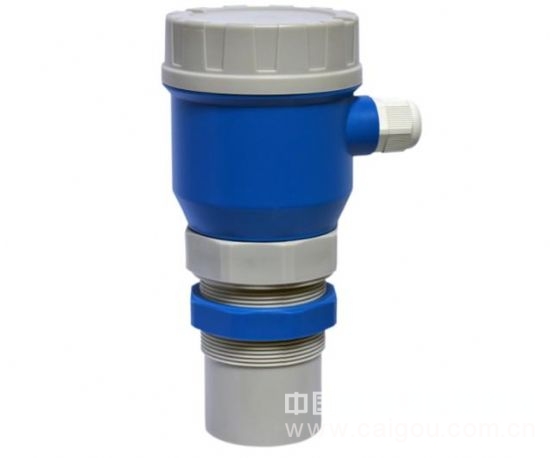Advantages and Disadvantages of Ultrasonic Level Gauges and Radar Level Gauges
Ultrasonic level gauges use sound waves, while radar level gauges rely on electromagnetic waves. This is the main difference between the two technologies. Additionally, ultrasonic waves have better penetration and directionality compared to electromagnetic waves, which makes them more widely used in certain applications.
Key differences in their applications include:
1. Radar level gauges typically have a much larger measurement range than ultrasonic ones.
2. Radar systems come in various types such as horn, rod, and cable, allowing them to be used in more complex environments compared to ultrasonic devices.
3. The accuracy of ultrasonic level gauges is generally lower than that of radar level gauges.
4. Radar level gauges tend to be more expensive than ultrasonic models.
5. When using radar, it's important to consider the dielectric constant of the material being measured.
6. Ultrasonic level gauges should not be used in vacuum conditions or where there is excessive steam or foam on the liquid surface.
Ultrasonic waves are sound waves with frequencies above 20 kHz. They are mechanical waves that travel through an elastic medium by causing vibrations. These waves have high frequency, short wavelength, and minimal diffraction, giving them excellent directionality and the ability to be focused like light rays. In liquids and solids, ultrasonic waves experience little attenuation, making them highly penetrative. Even in opaque solids, they can travel several tens of meters before reflecting off impurities or interfaces. This property is used in ultrasonic level measurement.
In ultrasonic testing, an ultrasonic transducer (or probe) converts electrical energy into sound waves. It emits these waves downward from above the liquid. The waves travel through the air, reflect off the liquid surface, and return to the transducer, which then converts them back into electrical signals. The electronic system processes this signal to determine the liquid level.
The speed of ultrasonic waves in a medium depends on factors like temperature, pressure, density, and humidity. If these conditions remain constant, the speed of the wave is also constant. By measuring the time it takes for the wave to travel to the liquid surface and return, the distance to the surface can be calculated, providing accurate level readings.
Ultrasonic level gauges have a "blind zone" — a distance near the sensor where measurements cannot be taken. Therefore, proper installation is crucial to avoid this area.
Radar level gauges operate by transmitting electromagnetic waves, which reflect off the liquid surface and are then received by the antenna. The time it takes for the wave to travel to the surface and back is directly proportional to the distance. The formula used is: D = CT/2, where D is the distance, C is the speed of light, and T is the time taken for the wave to travel.
In practice, radar level gauges can use either frequency-modulated continuous wave (FMCW) or pulse wave technology. FMCW systems require more power and often use a four-wire setup, making them more complex. Pulse wave systems, on the other hand, are more energy-efficient, can be powered by a two-wire 24V DC system, and are easier to make intrinsically safe. They also offer higher precision and broader application possibilities.

Best High Chair,Portable High Chair,High Chair,Wooden High Chair
NINGBO BABY FIRST BABY PRODUCTS CO.,LTD. , https://www.maxinfglobal.com